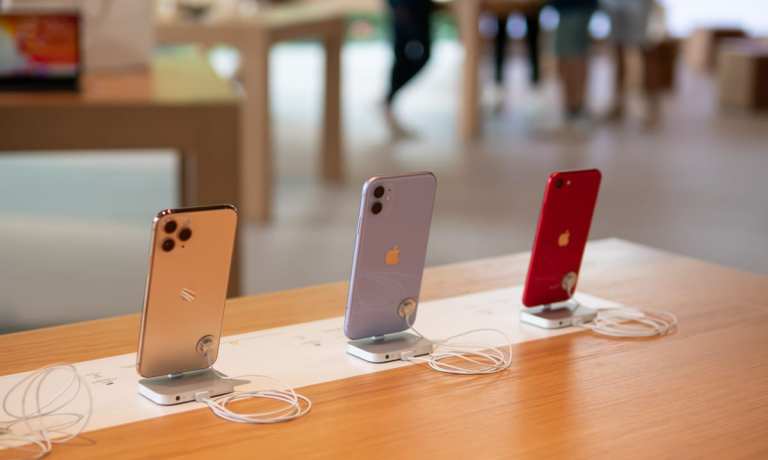
The mobile device sector is undergoing something of a contract revival, the Wall Street Journal reports.
In return for commitments to service that carriers can use to reassure investors amid major spending on 5G networks, carriers are offering what the Journal called “their most generous discounts in years.”
The generosity, according to the Journal, is taking the form of free devices or contracts that spread payments over months.
The Journal’s timeline for the contract comeback has AT&T leading the pack with October 2020 offers initially valued at more than $700 in some instances in return for long-term contracts. The paper stated AT&T later reduced the contract to $700.
This past Tuesday, according to the Journal, Verizon stepped forward with credits — in exchange for long-term contracts — of up to $700 for new iPhones and up to $800 for the most expensive Android phones.
“It’s essentially a contract,” Jeff Moore, head of research shop Wave7 Research, reportedly told the Journal. “We’re seeing carriers locking in the customer base that they have as opposed to encouraging switchers.”
T-Mobile, according to the Journal, is offering credits on trade-ins that can reach $1,000 in exchange for long-term contracts.
The Journal reported that carriers backed off on offering big phone discounts in exchange for long-term contracts around 2013.
David Christopher, executive vice president of AT&T’s wireless division, reportedly told the Journal customers are looking for new ways to afford smartphones now that sticker prices for the most expensive models are closer to $1,000 instead of the $600 just a few years ago.
“Our customer base is very valuable, and low churn is represented by customers voting to stay with AT&T,” the Journal quoted him as having said. “It resonated in the marketplace. We like the formula.”
The moves come as carriers work to justify the huge costs of investing in 5G networks. AT&T executives mentioned 5G some 36 times during a late-April earnings call.
While the new funding mechanisms are targeted toward consumers, the 5G networks are more on the radar of businesses, Verizon Chief Revenue Officer Sampath Sowmyanarayan recently told the PYMNTS ConnectedEconomy series.
“One of the interesting things about 5G is that businesses know more than consumers,” he said. “Typically, what happens, especially in mobile technologies, is that consumers get the technology first, and business drags along. This time, it’s fundamentally different. 5G is built for business, and the consumer is going to get pulled along. So, typically, around, I would say, 20 to 30 percent of consumers know very well what 5G can do, but more than half of businesses have a very good sense of what 5G could do for them.”
“We’re coming to a point in technology where we can do just about anything,” AT&T Director of 5G Center of Excellence Jason Inskeep recently told PYMNTS’ Karen Webster. “The bad news, however, is that we can do anything. So, firms need to measure where their current use case is, understand their customer personas, because that’s going to guide them to what they want to do. When it comes to transforming the flow of traffic, we’ve come to a point where it’s not a matter of if, but when and how.”